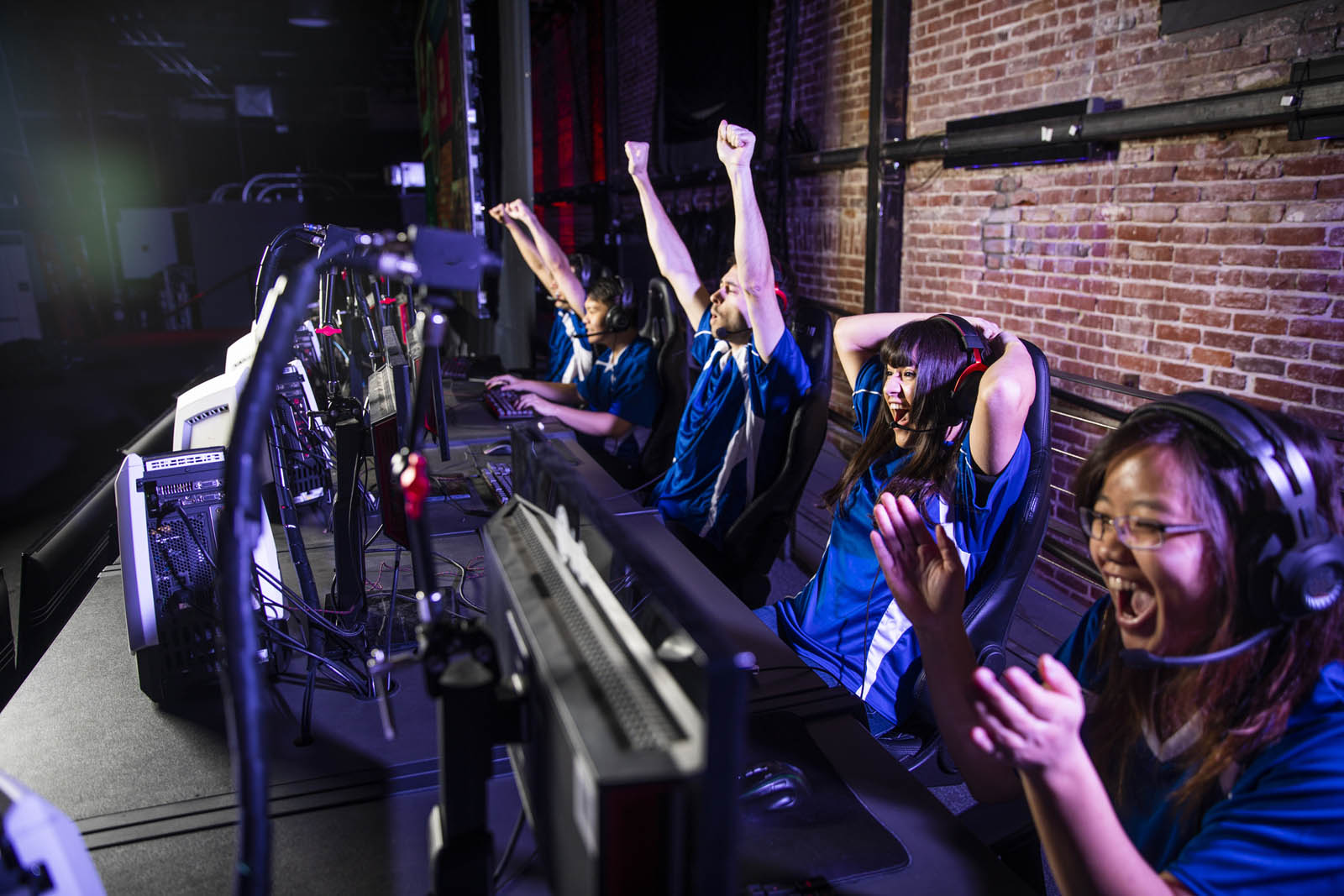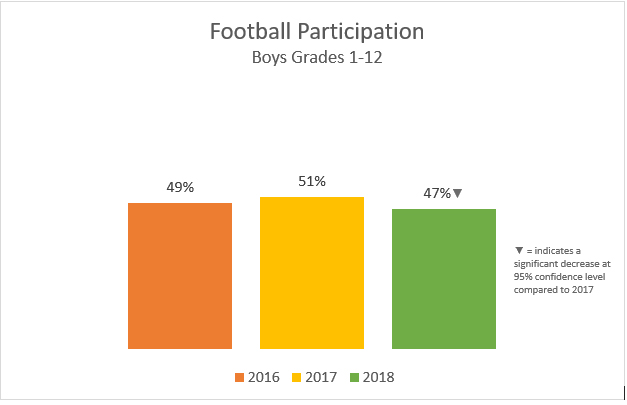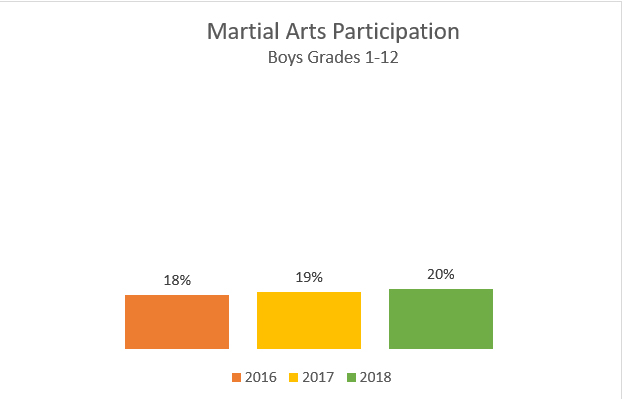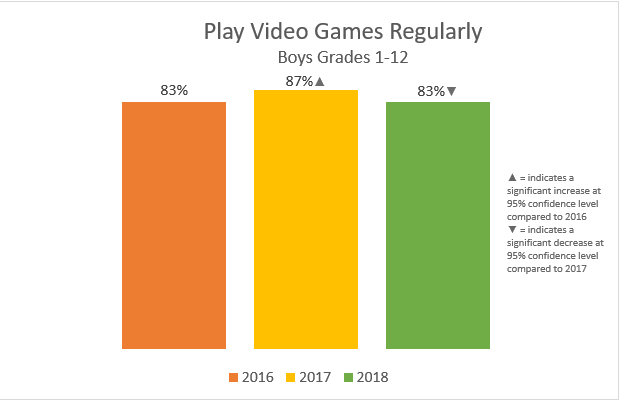
Thumb-Tackling into the Future
Filed Under: Youth & Family

Mary McIlrath
Senior Vice President, C+R Alum
At YouthBeat®, we were recently very intrigued by a poll conducted by CivicScience, which revealed that parents are more accepting of their children playing contact sports than eSports. Dads were more comfortable than moms with kids playing eSports, though, in fairness, they were more comfortable with them playing contact sports as well.
This got us wondering about our youth behavioral data, in the context of yearly changes made to the rules of youth sports that largely aim to prevent injuries like concussions, which have been linked to serious illnesses in adults. Even this spring, the National Federation of State High School Associations updated its guidelines to prevent risks of injury.
So we looked at the last three years of data, 2016-2018, focusing on boys in 1st-12th grades.* Anyone who follows this blog knows that we are very much into girl empowerment, but these pastimes are all traditionally male-dominated, and the differences in boys’ data is more illustrative than that of total youth. What we found was pretty eye-opening.
Participation in six core contact sports, either for fun or on a competitive team, has held relatively steady over the three-year span. Football has declined slightly, while martial arts and wrestling have stayed the same.


We also haven’t seen any decreases in boys’ participation in boxing, hockey, and lacrosse over the same period, which were 9%, 9%, and 6%, respectively, in 2018.
Does that mean boys are heading out to the gridiron and abandoning their controllers? Not so fast, gentle reader — Video gameplay is still on the regular agenda for eight in ten boys.

And, two of the most common genres for eSports tournaments are among the most popular in terms of the “favorite” genres boys like to play. Sandbox/Open World games, like Minecraft and Roblox, have risen in favorability from 43% in 2016 to 51% in 2018. These games work for youth of all ages and ability levels—younger kids can simply play in worlds others design, and as they grow older, youth can create and share their own programs with friends, family, or the public. Open worlds are just that, conduits from imagination to play to social connection.
Only slightly less popular as “favorites” are first-person shooter games like Fortnite. Remember the summer of 2018, when teachers wore T-shirts saying, “I survived the year of Flossing, Fortnite, and Slime?” That Fortnite. Our data show that these games are consistent in popularity, from 48% in 2016 to 46% in 2018. That’s not likely to decline anytime soon, in the wake of 16-year-old Kyle Giersdorf winning the Fortnite World Cup tournament and walking away with a prize of $3,000,000. The Fortnite server did cause a stir recently by going into a “black hole” on October 13, 2019, fueling rumors of a total company demise after recent lackluster releases—but then the gaming world heaved a sigh of relief two days later when it rose like a phoenix with Chapter 2. Stay tuned for how it’s received.
What does all this body contact and console engagement mean for boys’ futures? Not too much. In 2018, just 10% of boys said they want to be a professional athlete as an adult. And only 5% said they want to design or play video games for a living. The vast majority of boys have other ideas of career paths that attract them, or simply don’t yet know (15%).
OUR POV:
Yes, parents may be more wary of the eSports that feel unfamiliar and even unsafe for their sons than the rough-and-tumble sports they grew up with themselves. But we think these parents don’t have a lot to worry about. Many of their boys are embracing both kinds of activities as youth, but are harboring dreams of building professions around neither. The boys are all right.
*Source: YouthBeat® Total Year 2016, 2017, 2018
explore featured
Case studies
